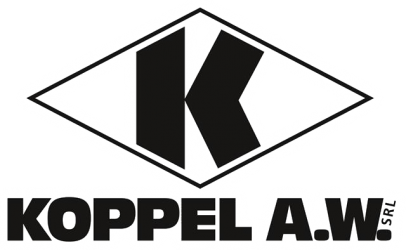In several States of Europe the competent authorities periodically use to inspect all the lifts in order to ensure their safety.
For instance, in Italy, lifts must be inspected in accordance with DPR 214/2010, lifts must also be inspected once every two years by competent organizations that are qualified to perform these checks, as designated by the owner of the systems; such bodies must be absolutely independent of the company or companies responsible for manufacturing and installing the lift systems.
The purpose of these inspections is to ensure that the safety conditions do not fall below the level at the moment the system was installed, and in certain cases to increase the level to meet current regulations.
Therefore, after the checks have been carried out, the inspector will issue a report that may contain recommendations requiring the owner to implement modifications which, from a certain point of view may be defined as modernization.
Naturally, the owner may decide of his or her own volition to carry out this kind of work, either because advised to do so by the maintenance technician, or simply to improve the operating condition of the systems.
All such modifications should be performed in conformity with local safety standards, such as in Italy the series UNI 10411, which guarantee that the previous safety conditions are improved or at least maintained.
